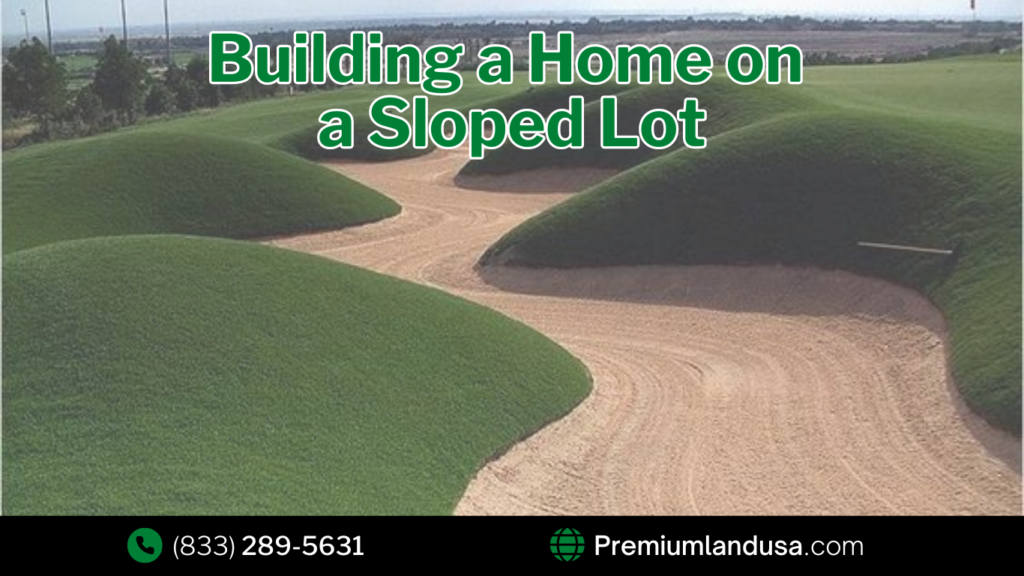Building on a sloped lot is not only possible but can also result in a unique, visually stunning home. However, it comes with certain challenges and considerations that you’ll need to account for before moving forward. Here’s what you should know:
1.The Benefits of Building on a Slope
Building on a sloped lot can offer several advantages, including:
Panoramic Views: Elevated homes often provide breathtaking views that a flat lot might not offer. Whether it’s of a mountain range, cityscape, or a forest, the higher vantage point can enhance the aesthetic and value of your property (Bob Vila).
Natural Drainage: A sloped site can promote better water drainage, reducing the risk of flooding, provided proper grading and drainage systems are in place (Homebuilding & Renovating).
Creative Design Opportunities: Building on a slope can inspire unique architectural designs such as multi-level homes, tiered gardens, and walkout basements (The Spruce).
2. Challenges and Considerations
While the benefits are enticing, there are also challenges associated with building on a sloped lot, such as:
Cost: Building on a slope typically increases construction costs due to the need for specialized foundations, retaining walls, and erosion control measures. Additionally, excavation can be more labor-intensive and costly (The Spruce).
Stability and Safety: Not all slopes are ideal for building. You’ll need a geotechnical engineer to assess the land’s stability and suitability for construction, especially in areas prone to landslides or erosion (Homebuilding & Renovating).
Access and Utilities: A steep slope may require innovative solutions for driveway access, and connecting to utilities like water, sewer, and electricity might be more complicated and costly (Bob Vila).
3. Design and Construction Tips
Tiered Foundations: Using a tiered or stepped foundation can help adapt the home to the natural landscape, minimizing excavation and helping the home blend with the terrain (The Spruce).
Retaining Walls: These are essential for stabilizing the soil and preventing erosion on steeper slopes. Proper design of retaining walls is crucial to maintaining safety and structure stability (Homebuilding & Renovating).
Landscaping: Choose landscaping features that work with the slope, such as terraced gardens or stone pathways, which can help reduce soil erosion and enhance the aesthetics of your property (Bob Vila).
4. Permits and Local Regulations
Before proceeding with construction, ensure you understand local building codes and regulations related to sloped lots. Some regions may have restrictions on the steepness of slopes that can be built on or require additional permits for erosion control measures (The Spruce).
Final Thoughts
Building on a sloped lot presents both opportunities and challenges. While it may be more complex and expensive than building on flat land, the rewards of a unique home design and stunning views can be well worth it. Ensure you work with experienced professionals to assess the land, develop a suitable design, and manage the construction to create your dream home.
References:
Bob Vila, What You Need to Know About Building on a Slope
Homebuilding & Renovating, Building on a Sloped Lot: Key Considerations
The Spruce, Building on a Sloping Lot: Advantages and Challenges

